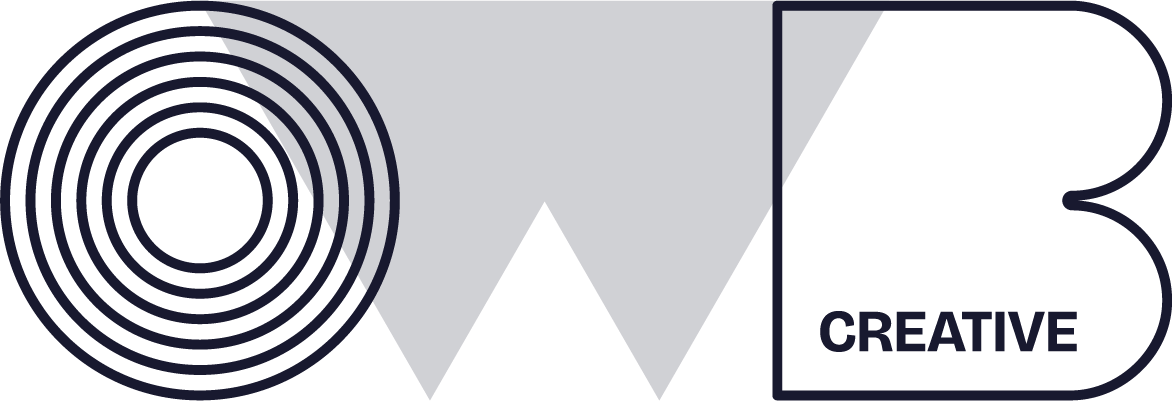As we enter Autumn, it feels like a lifetime since March when we plunged into lockdown, a testing time for most industries and lines of work. Marketers have perhaps never been faced with such instability and uncertainty as to how best to connect with consumers in a positive manner, yet still ensure the fortunes of brands weren’t negatively impacted forever and they were able to bounce back. However, as consumer needs changed at a rapid rate, along with priorities and online behaviour, there were still winners, especially within the digital marketing landscape.
But what are the ingredients for success and main considerations – how can you plan and prepare for a crisis like the last 6 months? Marketers have had to get used to big changes happening quickly and it is likely we will again have to adapt, but there are certain mechanisms that you can put in place so that you are ready to react as a brand.
We map out initial behavioural changes and key growth changes that marketers had to monitor, react and be agile to, providing us with key insights.
- Lockdown digital behavioural changes:
Statistics gathered during the early stages of lockdown (Source: LibertyMarketing, 2020), map out growth and decline in the industry revealed that marketers in the travel market lost 40% of their activity overnight , alternatively – finance, food, news and medicine saw an increase but every other sector saw a dramatic decline, resulting in marketers having to adapt in the shortest time scales!
2. Search habit changes:
After the initial frenzy people started to adapt around April – the likes of Wine delivery searches grew, but the likes of evening dress searches declined, and anything that wasn’t immediate to our needs went on the backburner. Searches relating to survival grew – such as hand sanitiser of course, tinned food, toilet roll, vitamins etc. Sanity searches were the next keyword term to grow including – exercise bikes, food, beer delivery, board games – things to keep us going after we started to. In May, as some normality started to come back top searches included first-time buyer mortgages, as people started to move forward with their lives again.
A change in browsing periods and the time of day that we were making searches significantly changed* – people in April/May were doing a lot of their browsing during the day as they worked from home. The devices people were using affected impressions on paid advertising. 28% of impressions shifted to computers,when less people were going out and the peak times which would usually be when people were travelling back and forth from work completely changed.
3. Changing Social Media usage – what channels have we been spending our time on?
Everyone is spending more time on social, which results in it obviously experiencing a boom, meaning brands are spending more of their marketing efforts and budgets on growing and making sure their brand is more present digitally. This has affected the content formats and the times we should post our messages, as what you were doing pre-lockdown may not necessarily work as well now. The user behaviour has shifted so we need to ensure that we integrate this into plans.
4. How can we react digitally and deal with volatility?
Big changes in the marketing scope will still continue to happen – the key is to always stay informed – this means monitoring data from your market, data from your business, and also from your website. The next step is looking at data from your competitors and their marketing activity.
Monitor your SEO (Search Engine Optimisation – the engineering to get to the top of searches organically), tracking keywords across the sales funnel, not just ones to do with the products or the services that you offer, exploit platforms such as the likes of Google Trends, tracking trends that inspire product purchases that are increasing or decreasing.
For instance, during the lockdown, we saw a surge in dry skin searches*. This led to a surge in moisturiser searches, showing the importance of having a good understanding of buyer behaviour and looking further than just the keywords you’re bidding on. Site search trends is a great avenue for providing us with insights into the changing needs of the consumer. For example, during working from home we saw a rise in desk searches.
The goal now is for brands and the creative industry to refocus and accelerate digital investment in response to evolving customer needs, we can take learnings from brands that adapted well to audience behavioural changes.Do you need help in guiding your brand forward digitally and ensuring that you are equipped for big changes? We’re here for you, get in touch andy@owb.uk.com.
Source: LibertyMarketing, 2020.




